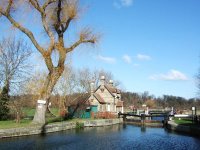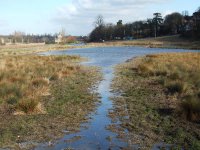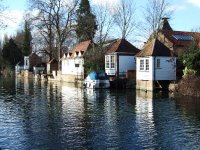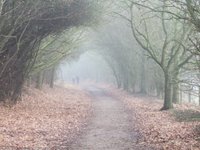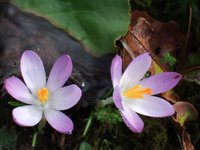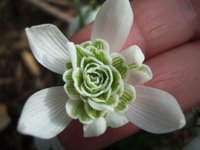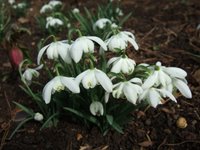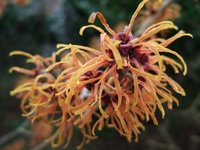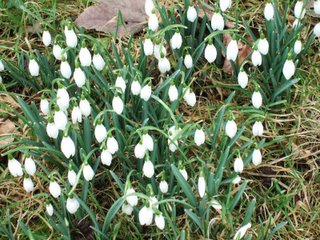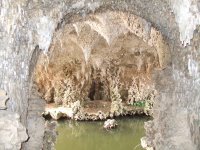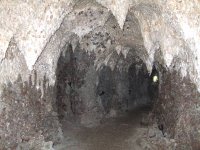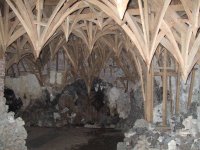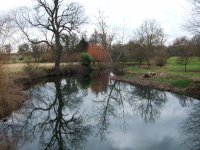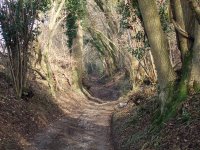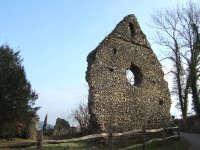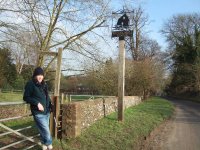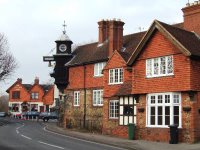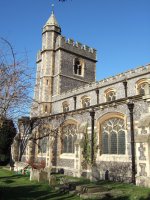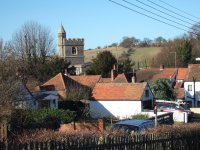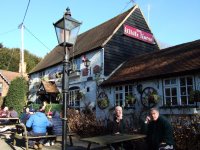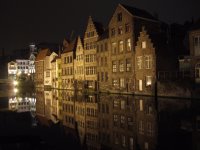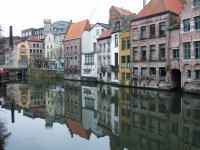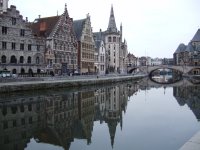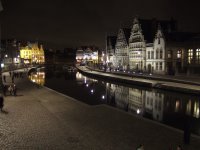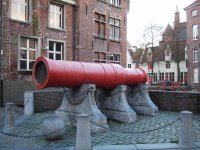 We managed to visit a part of the US today without having our fingerprints or iris scans recorded.
We managed to visit a part of the US today without having our fingerprints or iris scans recorded. Near the spot where King John signed the Magna Carta in 1215 is a memorial to another leader, also John, who in his inaugural address pledged to defend liberty, a concept originally spelt out in the Magna Carta. To remember Kennedy’s death in 1963, the people of Britain transferred and vested an acre of land in the USA making it possible to step on to American soil a mere 30 minutes drive from the centre of London.
Near the spot where King John signed the Magna Carta in 1215 is a memorial to another leader, also John, who in his inaugural address pledged to defend liberty, a concept originally spelt out in the Magna Carta. To remember Kennedy’s death in 1963, the people of Britain transferred and vested an acre of land in the USA making it possible to step on to American soil a mere 30 minutes drive from the centre of London. Not far away is the Magna Carta memorial, erected by the American Bar Association and the whole area is overlooked by the Air Force Memorial to the airmen and women of Britain, Canada, Australia, New Zealand, South Africa and India who died in the Second World War.
Not far away is the Magna Carta memorial, erected by the American Bar Association and the whole area is overlooked by the Air Force Memorial to the airmen and women of Britain, Canada, Australia, New Zealand, South Africa and India who died in the Second World War.All in all it was a memorial day reflecting the defence of liberty and democracy that we take so much for granted.
